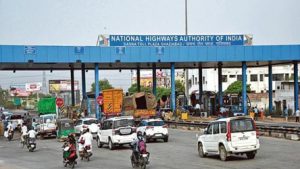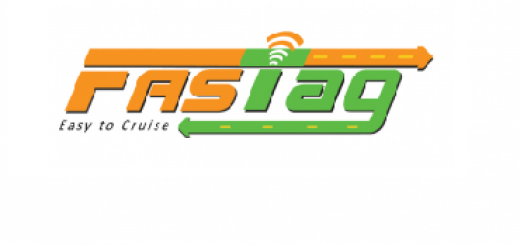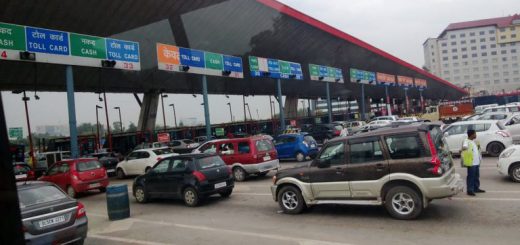Government may come out with new Toll policy
The ministry of road transport and highways has hired consultancy firm Boston Consulting Group (BCG) to prepare a draft policy in collaboration with the National Highways Authority of India (NHAI) to revamp the Toll system, which was last revised in 2008.
The ministry of road transport and highways has hired consultancy firm Boston Consulting Group (BCG) to prepare a draft policy in collaboration with the National Highways Authority of India (NHAI) to revamp the toll system, which was last revised in 2008.
“We are in the process of finalising the draft which is being steered by NHAI. The thing is that toll rates for passenger vehicles are very low in India in comparison with the rest of the world but the rates for transport goods vehicles remain very high. BCG has suggested we need to rationalise the rates and reduce them for goods vehicles and increase passenger car fares,” one of the ministry officials cited above said on the condition of anonymity.
The ministry headed by Nitin Gadkari may also seek the approval from the Union Cabinet to notify the policy, according to the official.
“It also becomes a political call whether the Centre wants to upset car users to look at the overall economy. When the final draft from BCG comes after being cleared by NHAI, it may go to the Cabinet also as it has wider repercussions,” the official added.
The rates notified for publicfunded projects are revised by NHAI based on the wholesale price index (WPI) every five years under the National Highways Fee (determination of rates and collection) Rules 2008. WPI, which represents the price of goods at a wholesale stage, is used as a key measure of inflation.
For build-operate-transfer (BOT) projects, rates are revised every year. Toll revenue goes to the government’s coffers as a consolidated fund in case of public funded projects, while the concessionaire retains the fee in case of BOT projects. “Globally, toll rates are dependent on various factors such as vehicle type, savings in vehicle operating costs, commercial / personal vehicles, among others. In 1997, the base toll rates were derived for cars and then a formula was used for other categories. With the advancement on vehicle technologies, use of large capacity vehicles for long distance cargo movement, it’s time to have a fresh look and that is what the ministry is undertaking,” said Kushal Singh, partner, Deloitte India.
Apart from restructuring fares, the policy will also focus on re-classification of vehicle types into light and heavy ones.
The Centre is also planning to introduce a “pay as you use” system for national highways, in which a passenger is required to pay only for the distance travelled instead of the entire stretch. “The government will come out with a policy to introduce toll system on ‘pay as you use’ basis,” former finance minister Arun Jaitley had said while presenting the Union Budget for 2018-19.
In most countries, toll roads are normally access-controlled and therefore, fee is charged on the basis of distance travelled by adopting a “closed system” with a toll plaza at every entry and exit of the road. In India, the fee is mostly a fixed amount, which is determined not on the basis of distance actually travelled since people often join or exit a highway from side roads.
Source: http://bit.ly/2x1kX4s





Recent Comments